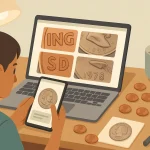Understanding Mint Marks and Their History
The Hidden Stories Behind Mint Marks
What’s in a tiny letter stamped on a coin? Turns out, quite a lot! That seemingly small detail called a mint mark opens a door to the past, revealing where and when a coin was struck. It’s like a secret signature from history’s mints, whispering tales of industry, craftsmanship, and power.
Mint marks made their first appearances centuries ago, as far back as the ancient Greeks and Romans. These pragmatic early civilizations understood that marking where coins were minted could help ensure quality and prevent counterfeiting. Translation: they wanted to make sure their money was taken seriously, and so do we. Modern mint marks, introduced into U.S. coinage in the late 1700s, continue this tradition with stamps like “P” for Philadelphia or “D” for Denver.
Consider this: A 1909 Lincoln penny with “S” minted in San Francisco tells us not only its birthplace but also hints at the West Coast’s role in shaping America’s economy during that period. Fascinating, isn’t it? These tiny letters are more than just marks—they’re an invitation to step inside history’s time machine.
The Role of Mint Marks in Coin Collecting
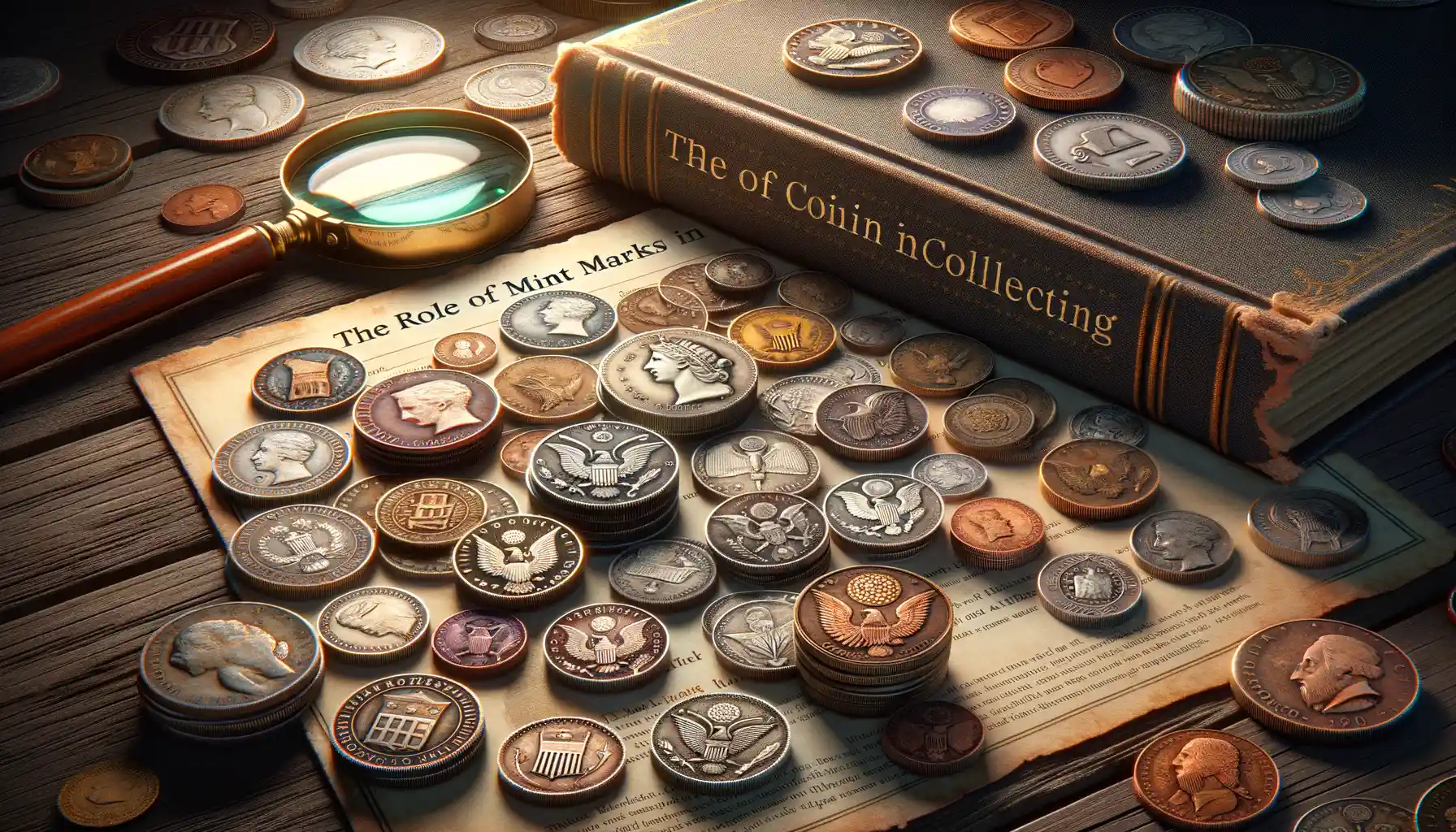
Why Mint Marks Are Every Collector’s Secret Code
For coin collectors, spotting that tiny mint mark is like finding a hidden signature on a masterpiece. These small letters—whether it’s a “D” for Denver or an “S” for San Francisco—carry a wealth of history in their minuscule forms. They aren’t just stamps; they’re storytellers, whispering where and when a coin began its journey.
Imagine holding two identical coins. They look the same, feel the same—until you notice a discreet marking beneath the date. That little mark can turn a common coin into a rare treasure. It’s the thrill of discovery—like uncovering a gem in a pile of pebbles. Serious collectors live for this, as the mint mark can unlock clues to a coin’s rarity, production numbers, or even quirky minting errors.
- O (New Orleans): Coins that echo the vibrancy of 19th-century southern trade.
- CC (Carson City): A relic from Nevada’s silver boom, brimming with frontier charm.
It’s more than collecting; it’s decoding history. Each mint mark holds a key to a story waiting to be pieced together, one coin at a time.
How Mint Marks Affect Coin Value
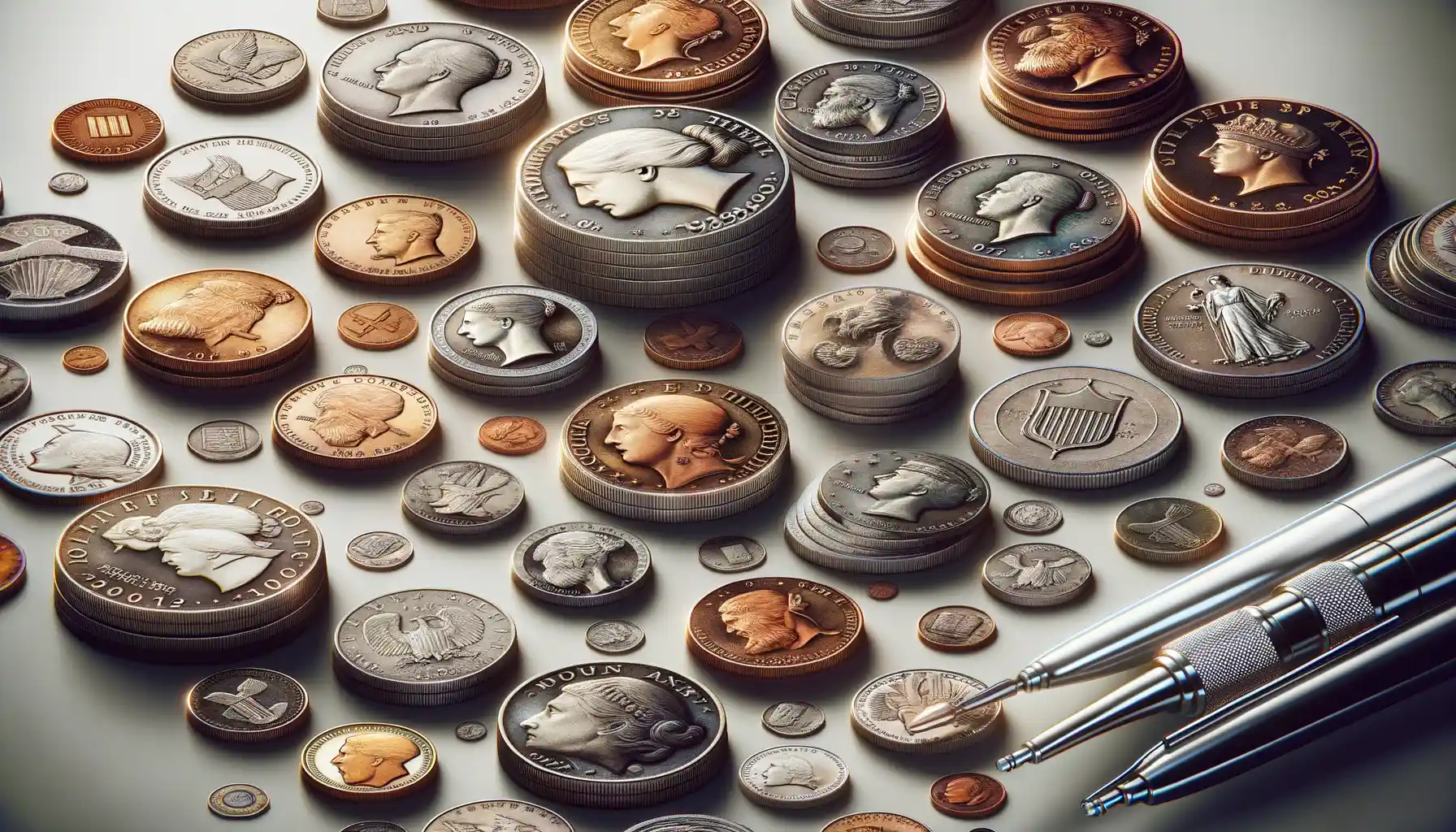
Why That Tiny Mark Packs a Big Punch
Every coin has a story, and the mint mark is like its autograph—a small but mighty detail that can send its value soaring. Think of it as the birthplace of the coin, revealing where it was struck. But why does this matter to collectors?
For starters, some mint marks are tied to specific historical events or rare production runs. A silver dollar minted in Carson City, for example, carries the coveted “CC” mark, and collectors go wild for it because of its rarity and Old West allure. On the flip side, coins with more common mint marks might not command as much excitement—or dollars—unless paired with other unique traits.
- Some mint marks, like San Francisco’s iconic “S,” signal superior craftsmanship.
- Others, such as Denver’s “D,” often indicate larger production volumes.
- And then there are coins missing mint marks entirely—hidden treasures caused by quirks in the minting process!
Picture this: two identical coins, same design, same year, yet one is worth pennies while the other fetches thousands. The difference? That tiny little mint mark. It’s proof that, in the world of coins, small details truly hold immense power.
Identifying Mint Marks on Coins Worldwide
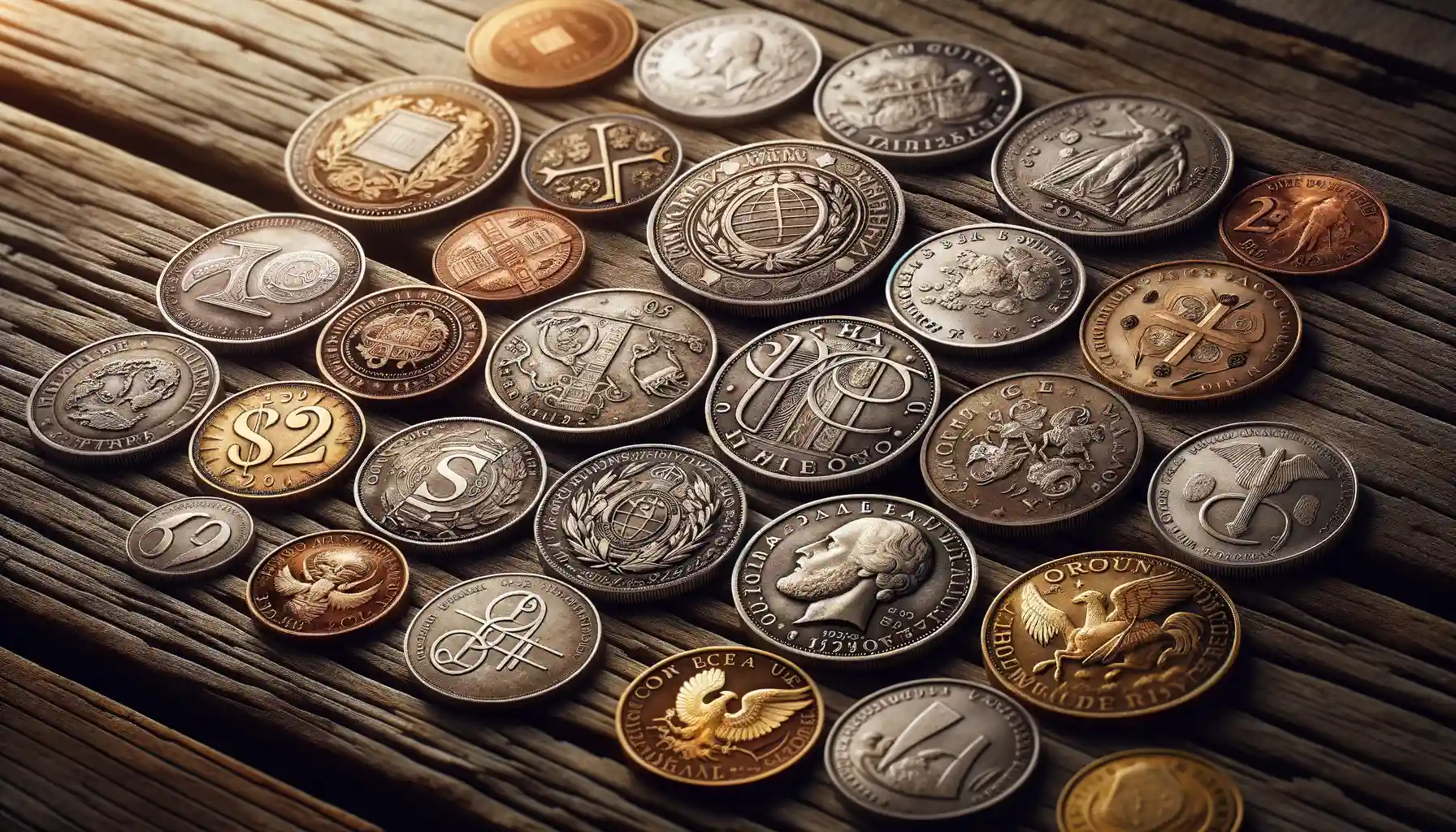
Discovering Hidden Clues: Locating Mint Marks on Coins
Imagine holding a coin in your hand—a small piece of art, history, and mystery combined. That tiny detail you’re hunting for, the elusive mint mark, is like a whisper from the past, revealing where that particular coin was born. But let’s face it, finding mint marks isn’t always straightforward. They love to play hide-and-seek! Don’t worry, though, I’ve got your back.
On American coins, for example, the mint mark usually rests near the year—think of it as a tag saying, “Hey, I came from Denver (‘D’) or San Francisco (‘S’)!” But in older coins, like pre-1965 quarters, you might find the mint mark sneaking onto the reverse side, near the eagle. International coins? Oh, they love to keep it interesting.
- For British coins, check the edges or inscriptions for subtle engravings.
- On Indian coins, the mark often appears just below the year, simple but distinct.
- Euro coins? Their mint origins lie in tiny symbols near the stars or designs.
It’s all about patience and a good magnifier. Remember, spotting these details unlocks an entire world of stories. Who knew such tiny marks could carry so much meaning?
Common Misconceptions About Mint Marks
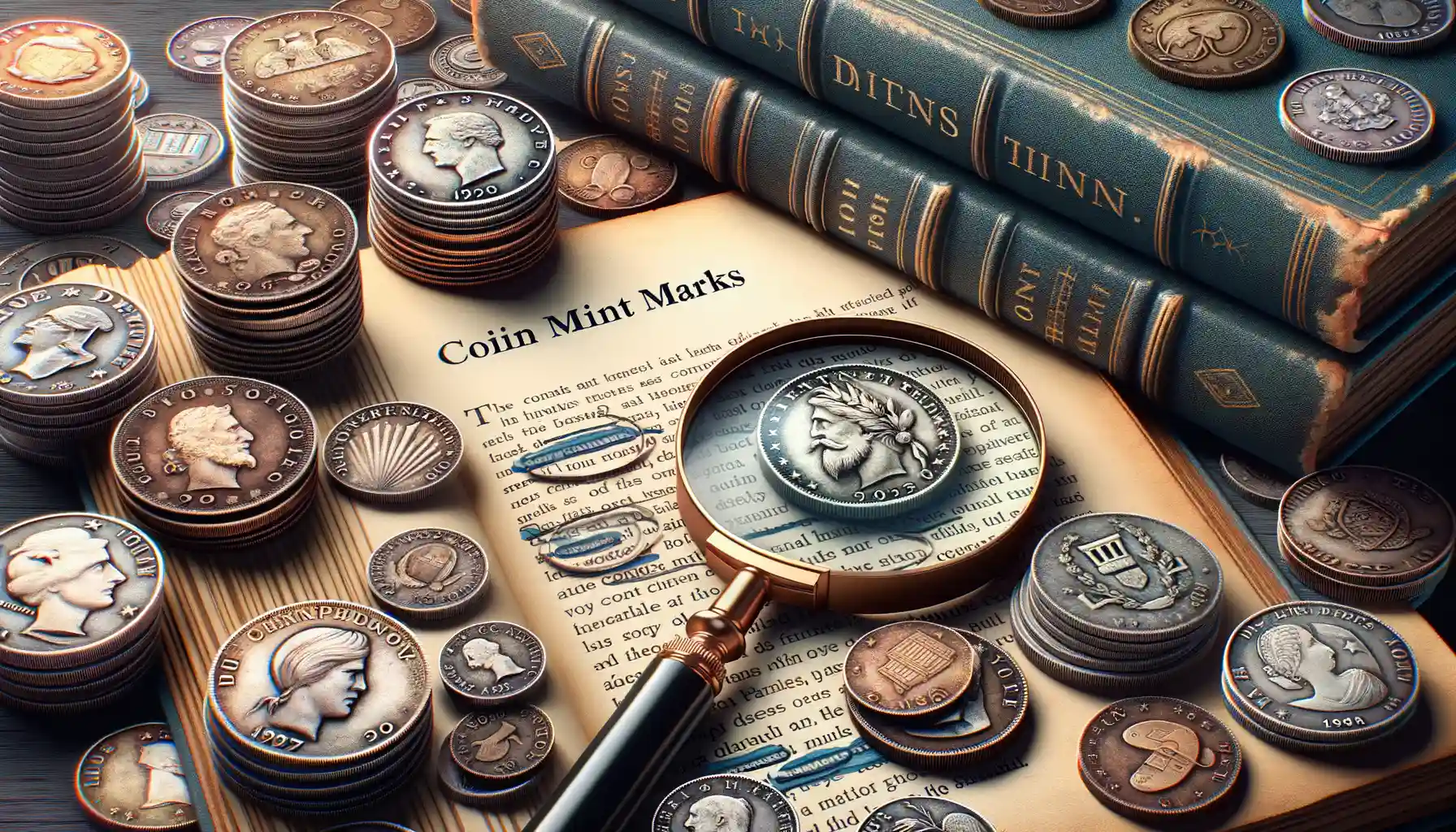
“Rare” Mint Marks Are Not Always Rare
Let’s clear the air: just because a mint mark sounds exotic doesn’t mean it’s inherently valuable. For example, coins with the small “D” from the Denver Mint might seem intriguing to new collectors, but they’re far from scarce—Denver churned out millions of coins annually. Similarly, coins without a mint mark? That doesn’t always signal an exclusive hidden gem either. It often just means they originated from the Philadelphia Mint, which didn’t include a mint mark for decades!
It’s easy to imagine that rarity equals worth, but value often depends on factors like condition, age, or mintage numbers—not just that tiny letter stamped on the coin. Think of it like judging a book by its cover. Sure, the cover matters, but the story inside is what captures the value.
Not All Coins Are Mint Marked (And That’s Okay!)
Here’s where many trip up: assuming every official coin must have a mint mark. In truth, some coins were deliberately minted without them, especially in earlier U.S. history. Why? Efficiency! The Philadelphia Mint had such dominance back then that adding a mark simply wasn’t necessary.
You’re not the only one surprised by this! Here’s a quick cheat sheet for clarity:
- No mint mark? Likely Philadelphia until modern designs added a “P.”
- “S” = San Francisco, often seen on proof or collectible coins.
- “W” = West Point, frequently tied to special commemorative issues.
Coins are filled with quirky traditions and evolving practices. That’s part of why collecting them feels like unlocking a treasure chest of stories.

